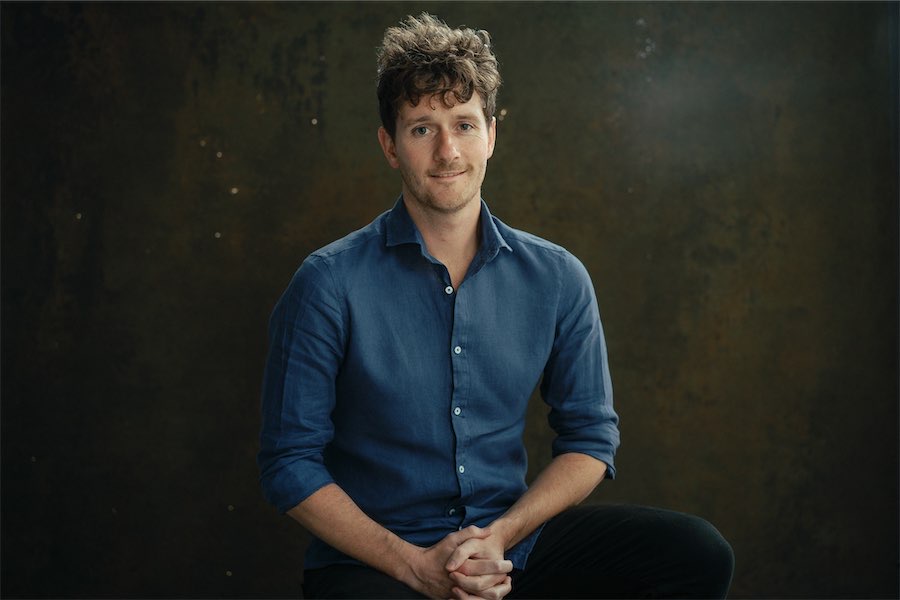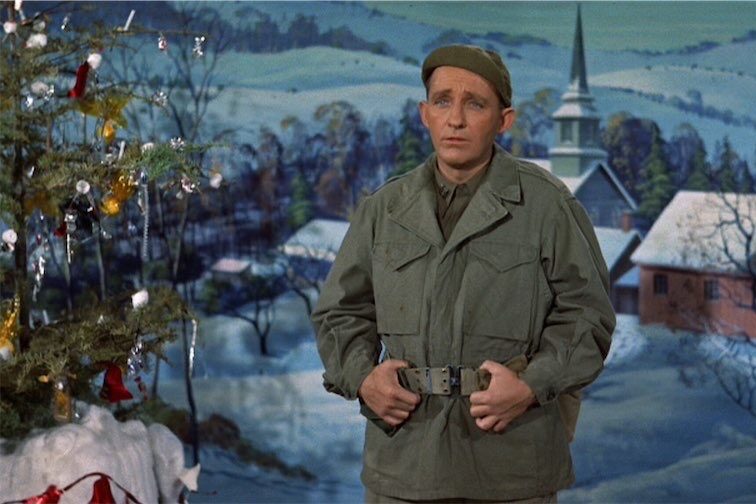WHEN Caroline Stacey, CEO and artistic director of The Street Theatre, got a call from Andrew Myer recently, she thought he was about to ask her to be on a committee.

When he told her The Street Theatre had won a $25,000 Sidney Myer Performing Arts Award, she was speechless.
“I’m rarely speechless but I was utterly surprised,” Stacey says, praising the decision of the foundation to take in all states and territories this time round.
“It’s one of the most prestigious awards there is and it feels like a complete affirmation of what we’ve been doing for the last decade… we have held fast to our passion for artists and the commissioning, developing and producing of Australian performance works that talk about the world we experience now.”
She hasn’t made any decision yet about how to use the $25,000, except it will go to a specific project or award, saying, “it’s incredibly important that it be impactful”.
It’s a far cry from the situation when Stacey first took up her job at The Street in 2007.
Built out of the Canberra casino premium with an idealistic vision of becoming a hub of Canberra professional theatre, it had seen audiences dwindle to as low as 25 people – I was there – and had become a space for hire for student groups, amateur societies and the odd professional practitioner blessed with a project grant. But, as she says, “it had no cumulative impact”.
“There were quite a lot of bugs to address,” Stacey says.
“It was clear when I arrived that the old approach had run its course, that there was no audience attached to it, the work was siloed – The Street was underperforming.”
Stacey got on the phone to the then chief (and arts) minister Jon Stanhope’s office and made an appointment to discuss how the theatre could contribute.
“It was a great conversation, as we talked about both pragmatic and lofty matters,” she reports.
“It was confidence-building for me to talk to someone in that role who understood the difficulties.”
Back at the desk, Stacey made herself incredibly unpopular, especially with amateur groups, by closing the theatre to hiring by all comers. Detractors take note: she’s not going away any time soon, though people are always asking her.
“The Street needed to be curated,” she says.
“My job was to brand The Street, to let Canberra know what we did.”
It took a lot of hard work, over two years, to find out.
The Hive dramaturgical project started in the first two years but the “First Seen” program, where plays are shown to an in-camera audience, took longer.
“The decision was to make work that talks to the ‘now’ and to a whole range of outlooks and experiences, the silences in our country, and to meet the need of the professional and independent sector to be lifted up, profiled, grown, expanded, enriched and deepened, within the nation’s political heart.”
The professionals needed to be invited in. It was the independent artists working in Canberra who were missing out, she thought.
And it wasn’t to be provincial, with creators like Alana Valentine and Christos Tsiolkas coming on board as well as ACT artists like David Finnigan, now partner in an important project to do with theatre and the environment.
Stacey is a canny operator who knows how to work with the ACT government and says, “it’s a good thing that the ACT government policy has a shape and an idea about what Canberra does”.
“We do have community outreach and access programs of many varieties, informed and framed by professional practice,” she asserts, citing a Pacifica Day with young people from various Pacific islands.
“We wanted to curate the space 100 per cent,” she says.
Even book launches and writers’ talks were curated through a good relationship with Harry Hartog bookshop and ACT Writers, but all the while she balanced the books by mixing touring work and work that is made here in Canberra – a delicate balance.
Producing original work takes time, Stacey says, so it’s important that time is given, with stage managers, designers and lighting experts all critical to having a high-level culture.
Successes she points to include Imogen Keen, who has enjoyed a long career in theatre design with The Street, and composer Sandra France, whose bushfire opera at The Street “From a Black Sky” was followed by a Street commission, the jazz song cycle, “Flight Memory”, about Australian inventor David Warren who invented the black box flight recorder.
Indigenous artist Dylan Van Den Berg, winner of the 2020 Griffin award for playwriting, got his start as an actor at The Street, which has also workshopped and developed his plays, notably ‘Milk”, to be seen in full production in June.
And during the covid crisis, actor and video artist Craig Alexander, along with another Street regular, director Shelly Higgs, was behind video, Zoom and live-streamed presentations and workshops.
“Now we are a theatre company and a meeting place for people across society,” Stacey says.
“We want people to be with us in our space – buying a ticket would be a good start.”
Watch the Screencraft vimeo of The Street Theatre‘s high points here.
Who can be trusted?
In a world of spin and confusion, there’s never been a more important time to support independent journalism in Canberra.
If you trust our work online and want to enforce the power of independent voices, I invite you to make a small contribution.
Every dollar of support is invested back into our journalism to help keep citynews.com.au strong and free.
Thank you,
Ian Meikle, editor




Leave a Reply